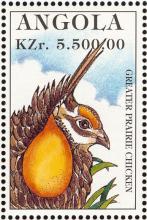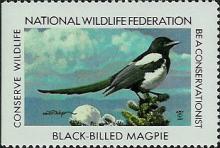Eastern meadowlark numbers have dropped a whopping 89 percent between 1966 and 2015
For generations of Missouri farmers, an enjoyable sign that spring was transitioning into summer was the crisp, clear call of a meadowlark perched on a nearby fencepost. However, that call is becoming alarmingly less common throughout the region. Many people are familiar with the decrease of the greater prairie-chicken throughout much of the central U.S. and most have also heard about the steadily worsening quail situation for the same area. However, unless you’re a birding enthusiast, you’re likely unaware of the downward spiral of eastern meadowlark numbers.










